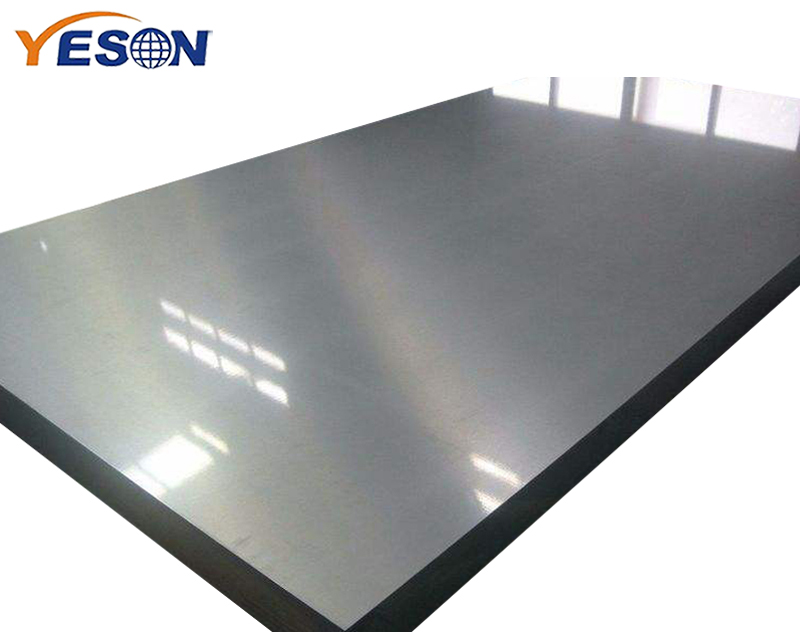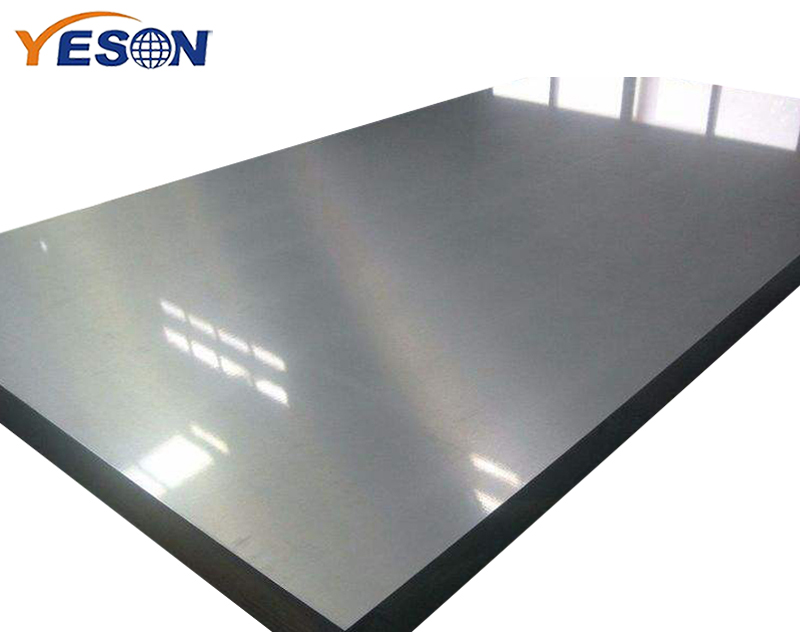The galvanized steel sheet is used to prevent the surface layer of the thick steel plate from being eroded and to increase its service life. The surface layer of the thick steel plate is coated with a layer of metal material zinc. This type of zinc-coated cold-rolled steel plate is called galvanized sheet.
Galvanized sheet hot-rolled strip products are mainly used in manufacturing industries such as engineering construction, light industry, trolleys, agriculture, animal husbandry and fishery, and commercial services. Among them, the construction industry is suitable for the production of corrosion-resistant industrial production and industrial construction colored steel roofs, roofs, etc.; the metallurgical industry uses it to manufacture housings for household appliances, civilian smoke pipes, and kitchen supplies, and the automotive industry is suitable for production. Manufacture of anti-corrosive components for cars, etc .; agriculture, animal husbandry, and fishery are mainly used as grain storage and transportation, refrigerated production and processing supplies of meat food and seafood; business services are mainly used as storage and transportation and packaging supplies for material supply.

Stainless steel sheet refers to steel that is resistant to corrosion by weakly corrosive substances such as gas, steam, and water, and organic chemical corrosive substances such as acid, alkali, and salt. In specific applications, steel that is resistant to erosion by weakly corrosive substances is often referred to as stainless steel, and steel that is resistant to erosion by solvent substances is referred to as acid-resistant steel.
Stainless steel plates are often divided into austenitic steels, ferritic steels, ferritic steels, ferritic-metallurgical (dual-phase) stainless steel plates and hardened stainless steel plates. In addition, it can be divided into chrome stainless steel plate, chrome nickel stainless steel plate and chrome manganese nitrogen stainless steel plate.
The corrosion resistance of rusted steel plates decreases with the increase in carbon content. Therefore, the carbon content of most stainless steel plates is low, which does not exceed 1.2%, and the Wc (carbon content) of some steels is even less than 0.03% (such as 00Cr12). The key aluminum alloy element in stainless steel plates is Cr (chromium). Steel can have corrosion resistance only when the water content of Cr exceeds a certain value. Therefore, the stainless steel plate generally has a minimum Cr (chromium) moisture content of 10.5%. The stainless steel plate also contains elements such as Ni, Ti, Mn, N, Nb, Mo, and Si.
Stainless steel plate is not easy to cause corrosion, crevice corrosion, rust or damage. Stainless steel plate is also one of the raw materials with the highest compressive strength in engineering metal composite materials. Because stainless steel has excellent corrosion resistance, it can make structural members maintain the consistency of construction engineering design permanently. The chrome-containing stainless steel plate also combines impact toughness and high ductility, which is convenient for the production and processing of components. The needs of architectural designers and overall design staff can be considered.